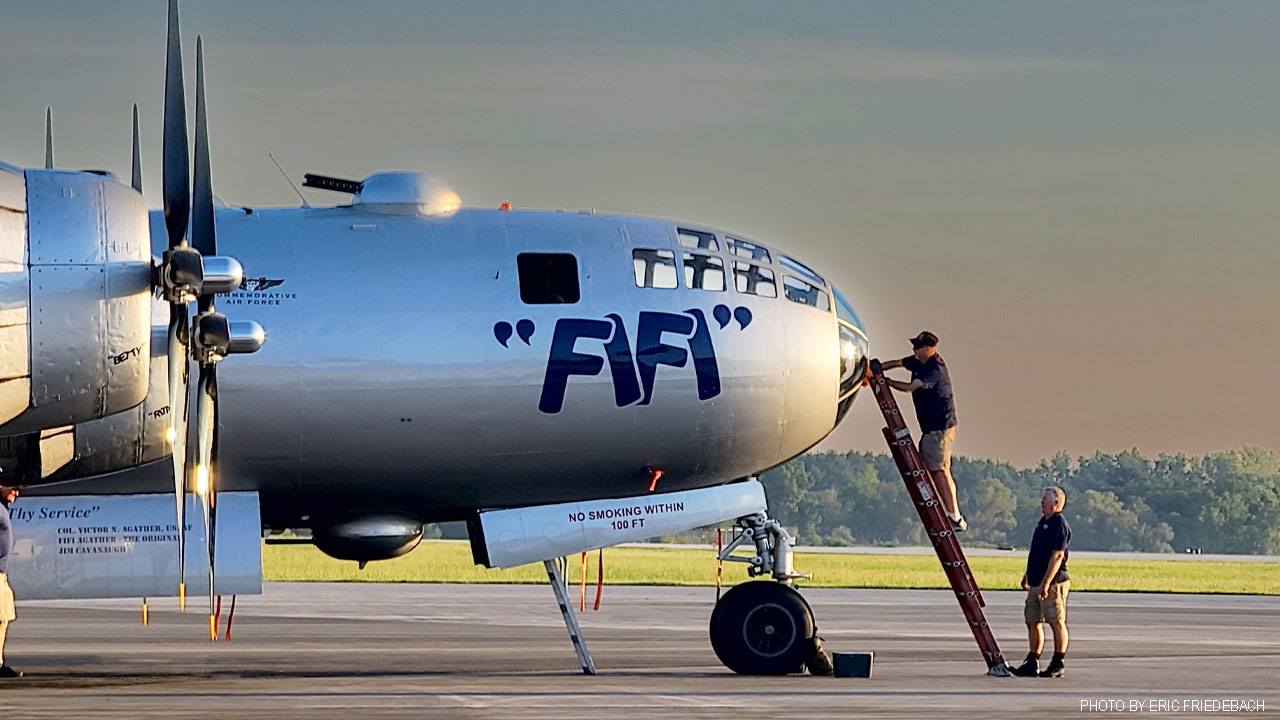
Smarter email, faster business. Auto-tag, parse, and respond to RFQs, quotes, orders, and more — instantly.
Trending
Air Taxi Takes First Test Flight in Abu Dhabi
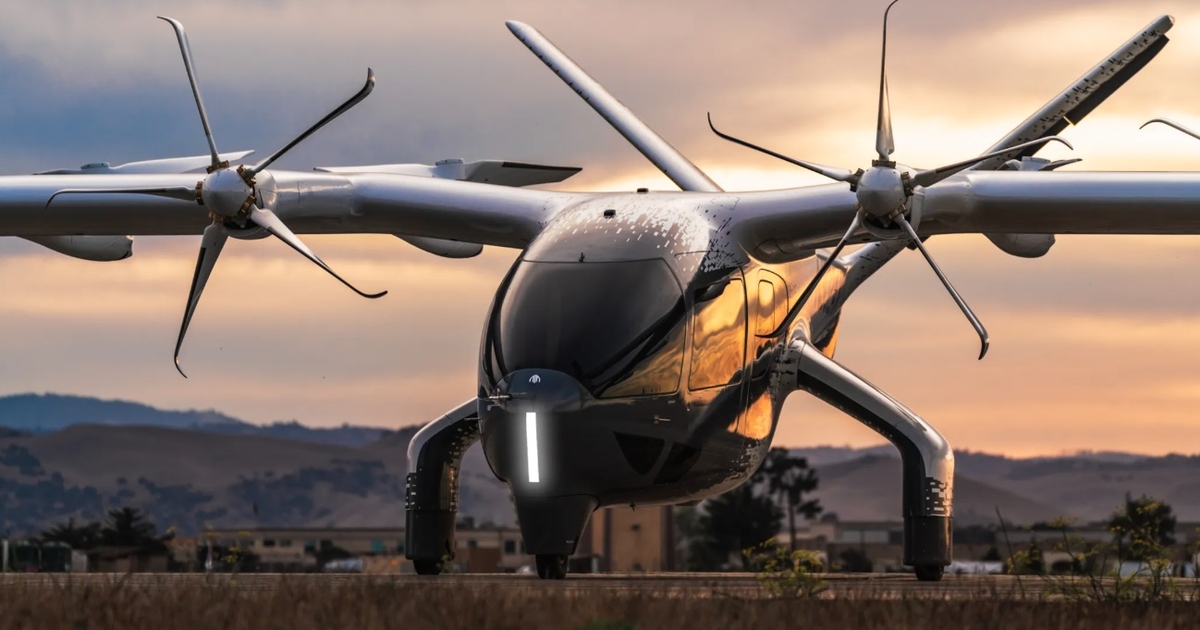
Impact of AI on Tech Industry Jobs
Many have raised alarms about the potential for artificial intelligence to displace jobs in the years ahead, but it’s already causing upheaval in one industry where workers once seemed invincible: tech. A small but growing number of tech firms have cited AI as a reason for laying off workers and rethinking new hires in recent months, as Silicon Valley races to adapt to rapid advances in the technology being developed in its own backyard.
Chegg, an education technology company, disclosed in a regulatory filing last month that it was cutting 4% of its workforce, or about 80 employees, “to better position the Company to execute against its AI strategy and to create long-term, sustainable value for its students and investors.” IBM CEO Arvind Krishna said in an interview with Bloomberg in May that the company expects to pause hiring for roles it thinks could be replaced with AI in the coming years. (In a subsequent interview with Barrons, however, Krishna said that he felt his earlier comments were taken out of context and stressed that “AI is going to create more jobs than it takes away.”)
And in late April, file-storage service Dropbox said that it was cutting about 16% of its workforce, or about 500 people, also citing AI. In its most-recent layoffs report, outplacement firm Challenger, Gray & Christmas said 3,900 people were laid off in May due to AI, marking its first time breaking out job cuts based on that factor. All of those cuts occurred in the tech sector, according to the firm.
With these moves, Silicon Valley may not only be leading the charge in developing AI but also offering an early glimpse into how businesses may adapt to those tools. Rather than render entire skill sets obsolete overnight, as some might fear, the more immediate impact of a new crop of AI tools appears to be forcing companies to shift resources to better take advantage of the technology — and placing a premium on workers with AI expertise.
AI's Broader Influence
“Over the last few months, AI has captured the world’s collective imagination, expanding the potential market for our next generation of AI-powered products more rapidly than any of us could have anticipated,” Dropbox CEO Drew Houston wrote in a note to staff announcing the job cuts. “Our next stage of growth requires a different mix of skill sets, particularly in AI and early-stage product development.”
In response to a request for comment on how its realignment around AI is playing out, Dropbox directed CNN to its careers page, where it is currently hiring for multiple roles focused on “New AI Initiatives.”
Dan Wang, a professor at Columbia Business School, told CNN that AI “will cause organizations to restructure,” but also doesn’t see it playing out as machines replacing humans just yet. “AI, as far as I see it, doesn’t necessarily replace humans, but rather enhances the work of humans,” Wang said. “I think that the kind of competition that we all should be thinking more about

Petrolimex Aviation Selects CDNetworks' AI-powered Cloud Security Platform
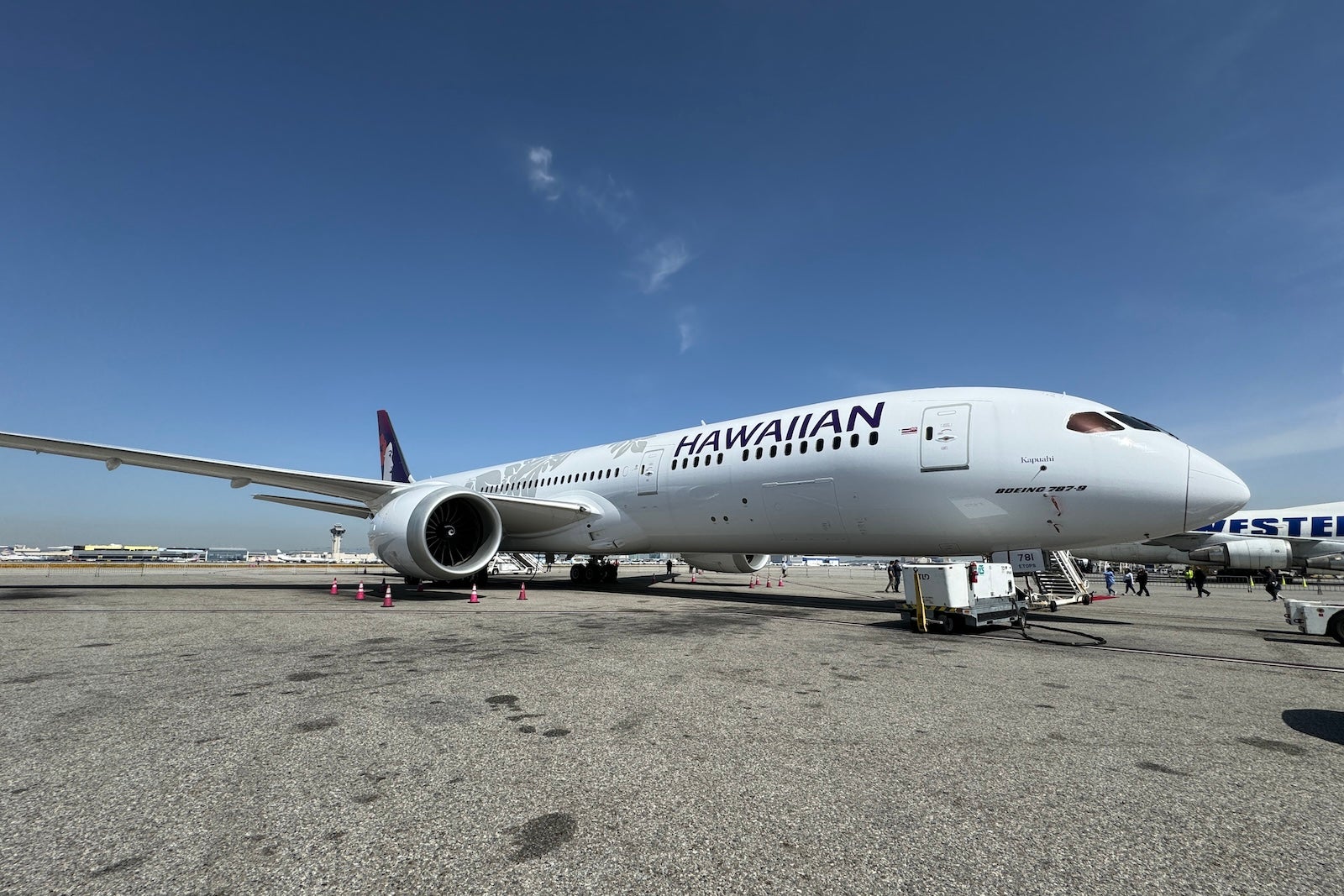
Alaska Airlines orders more Boeing 787s, to open Dreamliner base in Seattle

Altair and DAC: strategic aerospace partnership to Empower SMEs through Digital Transformation - Sud Notizie Napoli - Campania - Basilicata

China’s AECC successfully flight tests additively manufactured micro turbojet engine
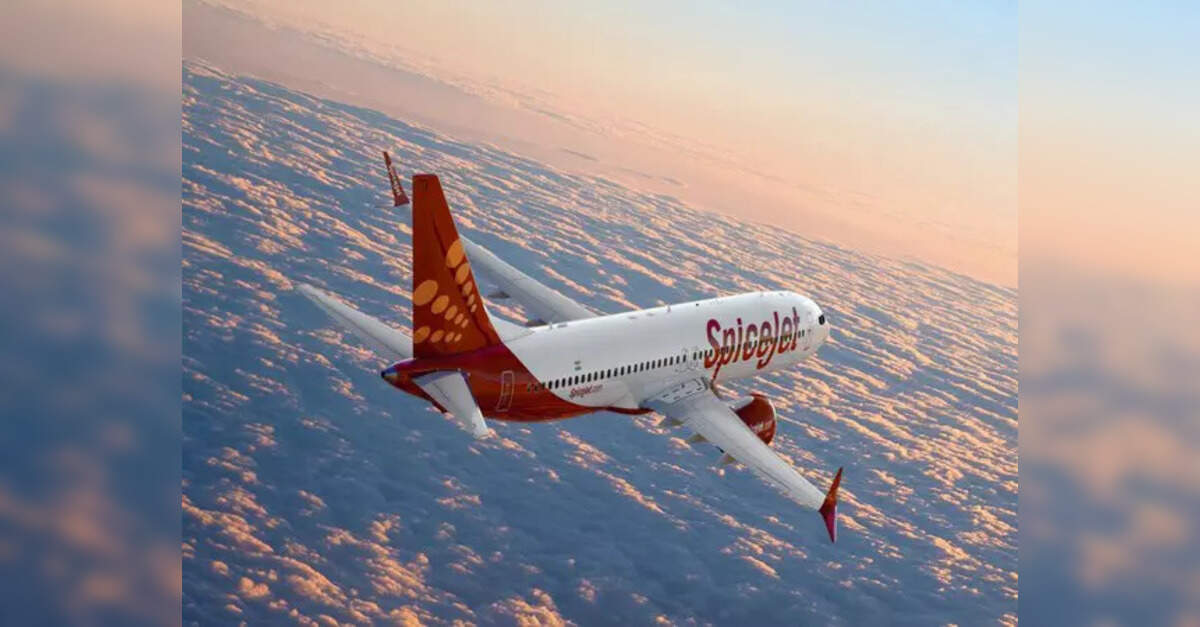
SpiceJet begins fleet revival with first overhauled engines from StandardAero

US factory orders rebound in May on strong aircraft demand

Archer Aviation’s Midnight eVTOL Test Flights in Abu Dhabi Advance UAE Air Taxi Deployment

Key Players in the Emerging Drone Taxi Market and Urban Air Mobility
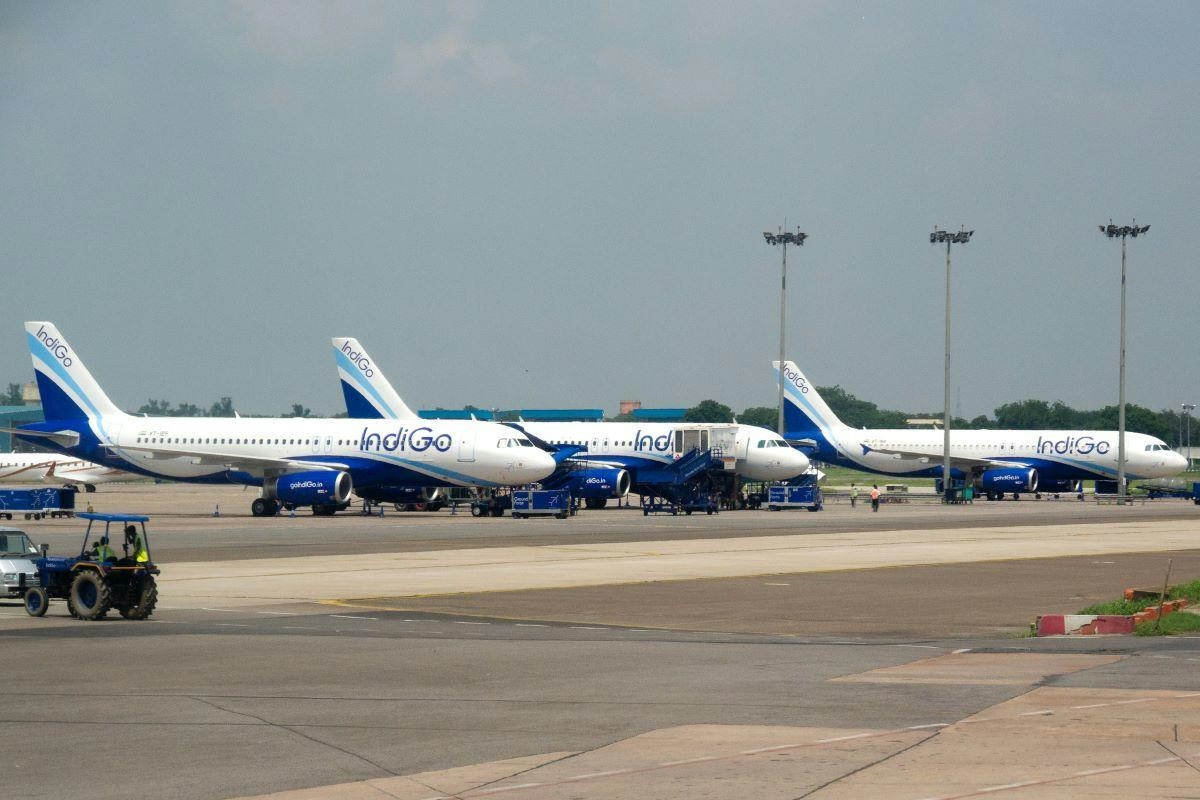
IndiGo and AI Express Boost Passenger Traffic at Hindon Airport with New Routes
